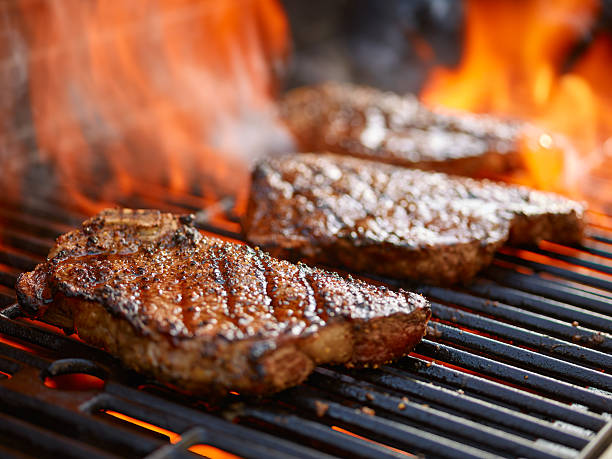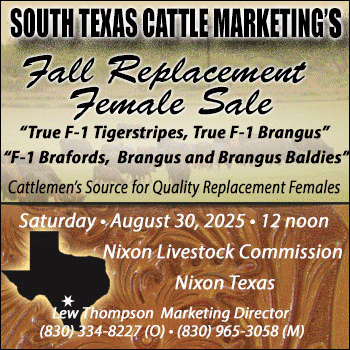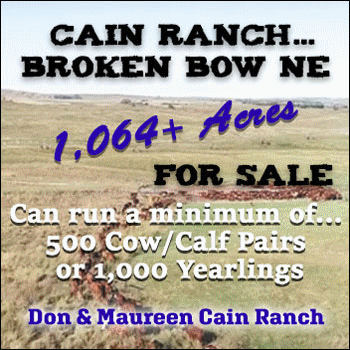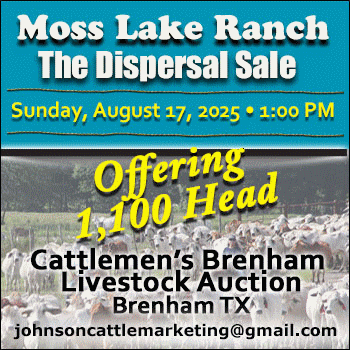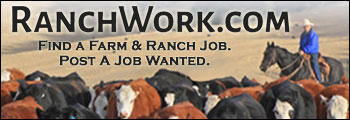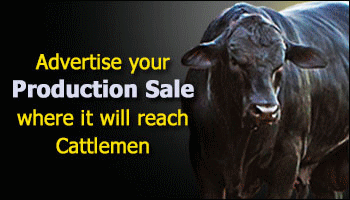Macroeconomic history lessons and development of associated “storm clouds” should not be ignored.
Glynn T. Tonsor, Ph.D. - Kansas State University
On Friday, April 11 the University of Michigan released mid-month Surveys of Consumers information indicating U.S. consumer sentiment has declined by historic magnitudes so far in April. Reaching pessimistic levels last seen in the early 1980s, consumers hold elevating expectations for inflation (6.7% year-ahead now expected, up from 5.0% in March) and unemployment (double the November 2024 level and the highest since 2009). While differences in consumer sentiment can often vary across demographic cohort, it is noteworthy director Joanne Hsu writes: “[t]his decline was, like the last month’s, pervasive and unanimous across age, income, education, geographic region, and political affiliation.” One of the few certainties currently is the U.S. public collectively can confidently be described as very concerned about the state of the economy.
Homing in on meat-livestock sector implications, the above notes build upon related information published two weeks ago with Dr. Justin Bina. In a Meat Demand Monitor special report, we document how financial sentiment may be even more influential on meat demand than income itself. To paraphrase, income stability (ideally growth) is likely necessary but not itself sufficient for meat demand support if the public is highly concerned about their finances.
Looking more narrowly at calendar year 2024, the U.S. beef industry experienced higher per capita consumption AND higher inflation-adjusted retail prices clearing the market. That combination clearly signals positive domestic beef demand growth that underpinned improved economic viability of industry stakeholders. Looking further back to the 1980s (recalling Univ. of Michigan’s reference to multi-decade level of concern held by consumers), more experienced industry participants will recall multiple instances of declining beef demand that ultimately shrunk the industry and led to a more collective focus in understanding and improving beef demand.
While indeed we are just beginning the 2nd quarter of 2025, and many developments seem bound to happen in what can clearly be described as a unique and memorable year, the broad point here would be for industry stakeholders, analysts, and policymakers to not take strong beef demand for granted. Recent years have been characterized by strong demand for U.S. beef and hopefully for industry stakeholders that can persist. That said, macroeconomic history lessons and development of associated “storm clouds” should not simply be ignored.
Articles on The Cattle Range are published because of interesting content but don't necessarily reflect the views of The Cattle Range.
